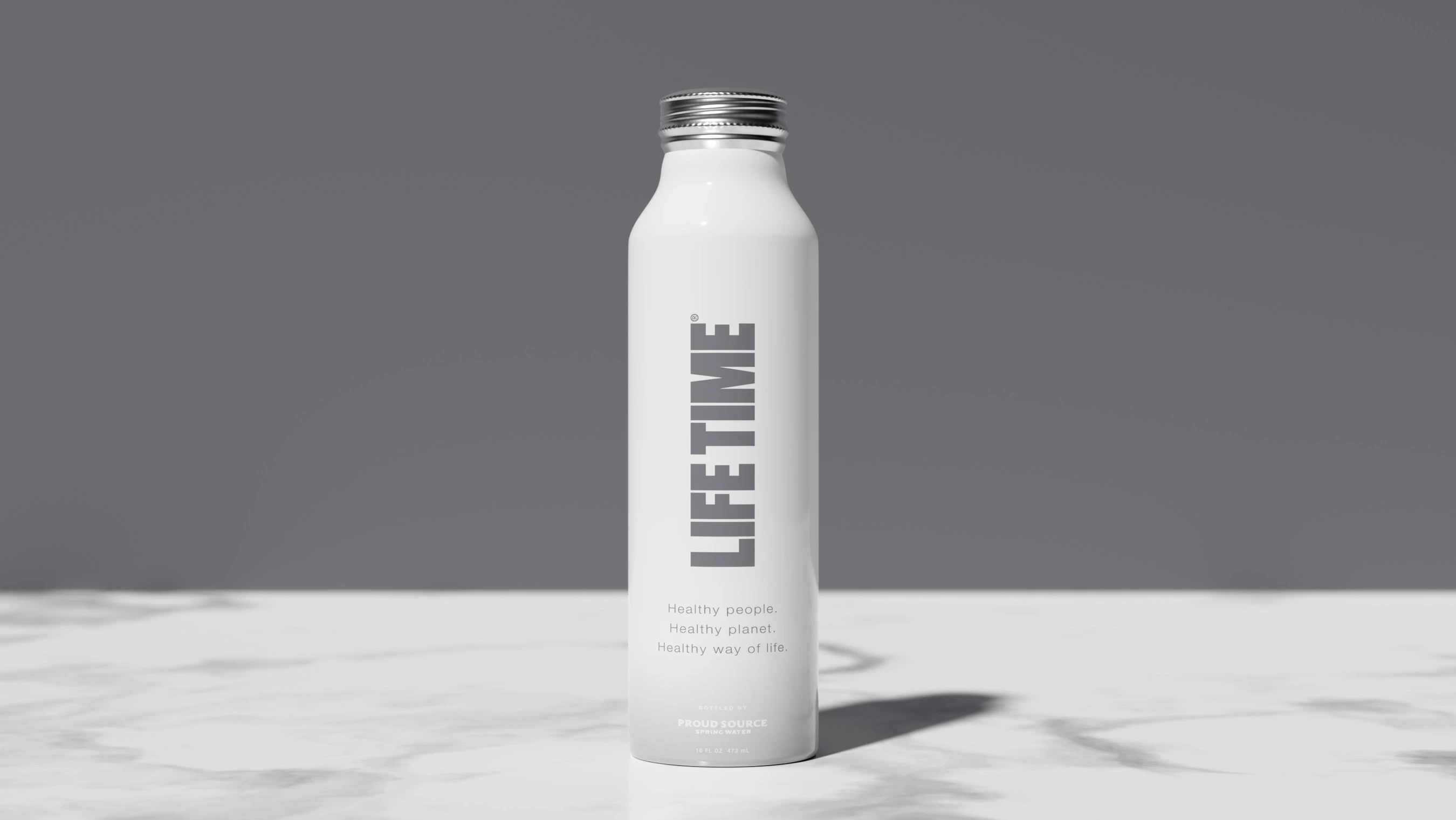Profil: Thaver8962
- 23
Lol every year the same 10 questions. Thanks for doing the Lord’s work, Jake. Planet Fitness near me already has the “Closed Thanksgiving” banner up. Guess I’ll be doing burpees in my mother-in-law’s living room again.
Tried Jorg—fun "partner accountability Denmark," but Murl's crowds overwhelm. Long-tail: "Solo-friendly Nordic spots." Balance?
Pink Stanley at the gym = instant beast mode. Wore all-pink last time, crushed my PRs. Who says cute can't be fierce?
#GirlsWhoLift
Woke up sore from yesterday's grind? Welcome to 2025, where recovery isn't optional – it's the new flex. From AI whispering workout tweaks to ice baths rivaling Haaland's routine, UK fitness is evolving.
Ready to level up without the burnout? Let's unpack!
AI Apps: Your Pocket Coach Revolution
Gone are generic routines. Trends spotlight "With Fitness App" integrations, predicting tweaks based on your sleep data. Search spikes for world fitness project student discount show Gen Z leading – 40% off for tailored plans. Tie it to fitness system crossword clue solvers: "system" = smart algorithms!
Recovery Boom: Purity in Practice
Post-National Fitness Day 2025, 70% of Brits prioritize rest. Chalcedony crossword clue? "Agate" for grounding, but IRL, it's saunas at Palmer T2 Health and Fitness Club. Haaland examination protocols (full-body scans) via apps ensure purity – no toxins in your gains.
Community & Local Vibes
Mixed race designation crossword diversity shines in inclusive spots like Lifestyle Fitness Runs Cheshunt – free events blending cultures. Humble community club crossword? "Rec center" for Wolverhampton Swimming and Fitness. Sudany Impact Chiswick Club amps impact training; components of fitness now include social sweat sessions.
Sustainable Edge for 2025
Having a particular taste crossword? "Flavor" for eco-snacks in apps. National fitness day 2025 pushed green gear – expect 500% rise in biodegradable mats. Start small: App challenges for T2e health tracking.What's your 2025 must-try? Comment trends you're eyeing!
Ever dreamed of sculpting your dream physique without breaking the bank? As a uni student juggling lectures and lunges, I hit gold with the "With Fitness App" – but only after hunting for that elusive world fitness project student discount. What's your hack?
Dive in below!
Why Student Discounts Are a Game-Changer in 2025
National Fitness Day 2025 just wrapped, and you're buzzing with motivation from free community runs. But gym fees? Ouch.
Enter student discounts on apps like the World Fitness Project – slashing costs by up to 50% for personalized plans blending cardio, strength, and mindfulness.
I snagged mine via their promo code during back-to-school season, turning my dorm into a mini-gym. No more excuses for skipping that "components of fitness" routine!
Top Apps to Hunt Discounts For
With Fitness App: AI-driven workouts with voice-guided sessions – perfect for busy schedules. Student perk? 30% off annual subs.
PureGym App Tie-Ins: Links to local clubs like Palmer T2 Health and Fitness Club, where discounts stack for hybrid access.
Lifestyle Fitness Runs Cheshunt Edition: Geo-targeted jogs with reward badges; students get free premium maps.
Pro tip: Check university portals or X for flash sales – I scored via a #StudentFitness thread!
Your Turn: Spill the Tea!
Have you cracked a fitness system crossword clue like "aptitude" while sweating it out? Or nailed a Haaland examination-style check-up via app trackers?
Drop your wins, fails, or fave discounts below.
Let's build a thread that motivates the masses!
Look, I respect the hustle, but 60 pounds? That’s a lot to drop, especially for a guy his size. I’m all for pushing boundaries, but there’s a fine line between dedication and overdoing it.
You think he’s gonna bounce back to his old self after filming, or is this the new normal? I’ve seen folks go too hard on cuts and end up messing with their metabolism.
Not saying he’s there, but it’s worth watching.
I’m obsessed with the custom water bottle I got from Life Time! It’s sleek, keeps water cold for hours, and has their logo—total flex at the gym.
Their free personal training session for newbies was a game-changer too. Helped me nail my form.
Anyone else score cool branded swag from Life Time?
What’s your fave?
Love this discussion! Vabbing is body liberation—owning our natural scent is bold. I tried it at home, felt amazing.
But public space ethics matter. Should we keep it private?
Thoughts?
Tried Rep’s dip bars for home racks—total disaster. My PR-1000 isn’t bolted (apartment life), and the whole setup lifted during kipping dips.
Not stable dip bars at all—nearly face-planted my kettlebell stack. $85 down the drain .
Anyone regret rack attachments for a dip station for triceps
Go with the chest press machine to start—it’s beginner-friendly and low-risk.
I used the NtaiFitness version and loved how intuitive it was.
Bench press is king for chest muscle growth, but you need solid form.
For safe bench pressing, tuck your elbows slightly, use a spotter, and start with NtaiFitness dumbbells to build confidence.
Check their site for quality gear.
What’s your gym setup like?
